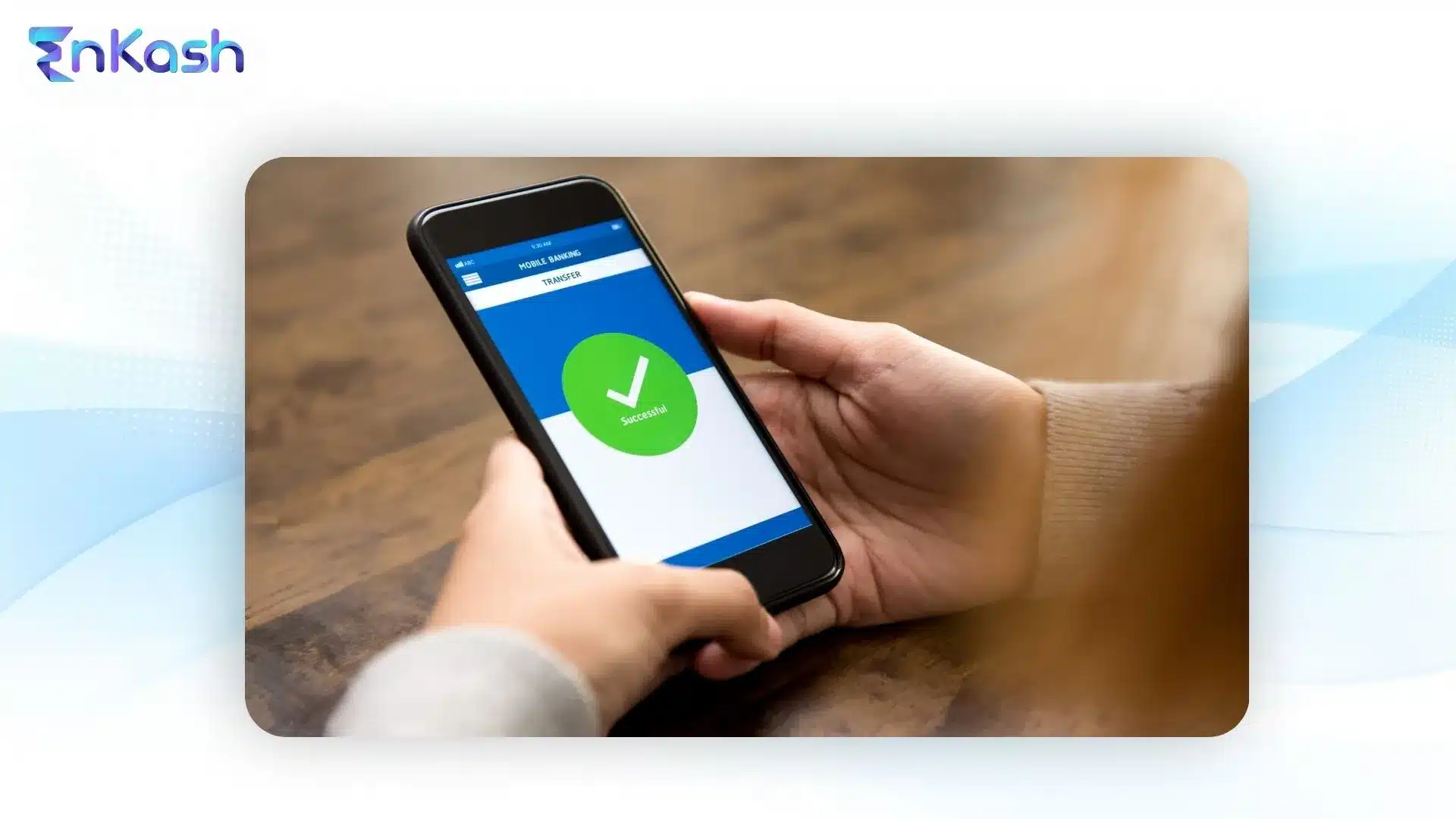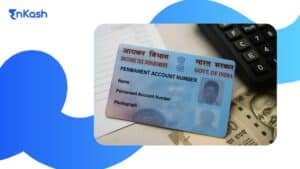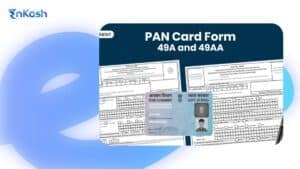Introduction
Money movement in India has quietly flipped. Cash and cheques dominated for years. Then UPI made everyday payments instant. Now, real-time payment are becoming the baseline for how businesses settle with customers and vendors. For MSMEs, that shift translates directly into better cash flow control, fewer follow-ups, and faster decisions.
A simple way to think about it: earlier, money had a commute. Cheques took days, some bank transfers waited in queues, and confirmations came late. Real-time payments make money travel like a WhatsApp message sent, delivered, and acknowledged. When a buyer pays, the credit shows up in seconds, and the seller can ship, book raw material, or pay a driver without waiting.
Why is it important for MSMEs:
- Customers expect an instant response. A payment should trigger the invoice, dispatch, or service start right away.
- Suppliers value timely settlement. Faster payouts reduce back-and-forth and can improve terms over time.
- Working capital stays active. Less money stuck “in transit” means fewer overdraft dips and a smoother month-end.
What are Real-Time Payments and How Do They Work?
Real-time payments are transfers that move money from one bank account to another instantly, with a clear confirmation to both parties. No batch delays, no “funds on hold,” and no waiting till the next business day.
How Real-Time Payments Work
- Payment Initiation: A payment is started from a banking app, UPI app, POS, or an integrated ERP/accounting system.
- Authentication: The sender approves using a secure method like a PIN, OTP, biometrics, or device-based security.
- Instant Settlement: The banking network moves funds account-to-account in seconds. This isn’t just a message, it’s an actual, final credit.
- Confirmation: Both sides receive confirmation, so the seller can dispatch goods or start service right away.
The Indian Setup
- NPCI operates key rails that power instant retail payments at scale.
- Banks connect to these rails and process transfers 24×7, including weekends and holidays.
- RBI sets the rules and safeguards so that settlement, security, and dispute handling remain consistent across banks.
A Day-to-Day Analogy
For an MSME, think of real-time payments like sending a WhatsApp message. The moment you hit send, it’s delivered instantly, and you even get a double tick as proof. Real-time payments work the same way money moves instantly, and both parties see confirmation right away.
Compared to Older Payment Methods
- Cheques: Slow, uncertain, and prone to bounce after days of waiting.
- NEFT: Reliable but batch-based. Funds may take hours, and cut-off times can affect speed.
- RTGS: Built for high-value transfers with immediate settlement, now available round the clock.
- Real-time Systems: Designed for instant, final, 24×7 movement, ideal for everyday business scenarios.
Read more: What is IMPS, NEFT, and RTGS?
Risks and Safety Measures
- Instant settlement shortens the windodw where money sits “in transit.”
- Strong authentication, daily limits, and account controls help reduce fraud exposure.
- Clear confirmations make reconciliation faster and disputes easier to track.
Is UPI a Real-Time Payment System?
Yes, UPI moves money from account to account within seconds and confirms instantly, so it counts as a real-time payment system.
Where UPI stands in India’s Payment Landscape
- UPI is the everyday face of faster payments in India. It brings real-time movement to QR scans, mobile numbers, UPI IDs, and intent-based flows.
- It runs 24×7 and confirms success or failure immediately, so a seller can release goods or a service can start without waiting.
How UPI differs from some global RTP systems:
- UPI is a common front door for many banks and apps. It standardizes how payers and payees connect, using a simple handle instead of long account details.
- Many countries built RTP rails primarily for bank-to-bank pushes and business flows. UPI goes wider with collect requests, QR acceptance, recurring mandates, and deep embedding in consumer and merchant apps.
- For businesses, UPI combines real-time settlement with rich features like intent flows, VPA-based collection, and automated reconciliation hooks offered by payment partners.
Why UPI leads faster payment adoption in India:
- Ubiquity at the point of payment: QR at the kirana, link in an invoice, VPA in a PO, or a “Pay” button inside an app.
- Low friction for both sides: no IFSC or long account numbers, just a handle and a PIN.
- Strong network effects: the more customers and suppliers use UPI, the more natural instant settlement becomes across the value chain.
What UPI means for MSMEs
- Treat UPI as the primary real-time rail for day-to-day collections and payouts.
- For high-value vendor payments or treasury moves, pair UPI with RTGS and bank rails based on ticket size and internal approval workflows.
Benefits of Real-Time Payment Systems for Businesses
Real-time payments aren’t just “faster.” They make cash flow steadier, reduce daily firefighting, and help operations run on time. Here’s what that looks like for a typical MSME.
Cash flow and working capital
- Money is usable right away: When a payment comes in, it reflects in seconds, so purchases, wages, or courier charges don’t have to wait.
- Less dependence on overdraft: Quick receipts mean fewer short-term borrowings and lower interest leakage.
- Month-end is calmer: With less cash stuck “in transit,” closing the books becomes more predictable.
Trust and day-to-day speed
- Instant confirmation builds confidence: Once the payment succeeds, dispatch can start immediately. No screenshots, no “please check with your bank.”
- Smoother vendor relations: Paying on time, often the same day, reduces follow-ups and helps negotiate better terms over time.
- Fewer mix-ups: Clear success or failure messages cut down those “money deducted but not received” conversations.
Accounting, GST, and reconciliation
- Cleaner daily matching: Instant credits make it easier to match payments to invoices without carrying forward pending entries.
- Faster GST actions: Confirmation in hand means invoices can be raised and shared quickly, keeping filings tidy.
- Less manual effort: Payment references and real-time status save hours of spreadsheet cleanup.
Customer experience and sales
- Pay now, move now: Buyers get immediate confirmation, which helps promise faster delivery or service kickoff.
- Easy ways to pay: QR, links, or UPI handles make it simple for customers to complete payment on the spot, useful in-store, on-site, or over the phone.
Costs and efficiency
- Lower hidden costs: Fewer branch trips, fewer reconciliation errors, and fewer collection calls free up staff time.
- Better inventory turns: If funds land today, restocking can happen today, reducing stockouts and lost orders.
Risk and control
- Smaller window of uncertainty: Instant settlement reduces the time money is floating between banks.
- Practical guardrails: UPI Per-transaction limits, approvals, and alerts help keep misuse in check without slowing things down.
Challenges & Risks with Real-Time Payment Systems
Real-time payments are powerful, but they aren’t plug-and-play perfection. A few practical risks and roadblocks are worth planning for.
Fraud and security threats
- Social engineering: Phishing, fake QR codes, and “urgency” scams target staff under pressure. One wrong tap can’t be “recalled.”
- Device compromise: If a phone or laptop with payment access is infected or stolen, approvals can be misused.
- Spoofed confirmations: Edited screenshots or fake links can trick teams that don’t verify within the app.
Tech dependency and bank downtimes
- App or rail outages: Even instant rails see occasional slowdowns. If collections or payouts hinge on a single app, operations stall.
- Device issues in the field: Low battery, patchy data, or SIM problems can interrupt collections during peak hours.
Cost for small businesses
- Per-transaction fees or partner charges: Depending on the setup, certain B2B flows may attract fees that add up at scale.
- Hardware and training: POS devices, printers, and staff onboarding cost time and money.
Awareness and adoption gaps
- Mixed comfort levels: Teams in smaller towns may prefer cash or cheques, slowing end-to-end digitization.
- Inconsistent vendor readiness: Some suppliers still need NEFT details or push for cheques, creating dual processes.
Operational risks to watch
- Irreversible transfers: Instant credits are final. A wrong account or amount is harder to undo, so maker-checker controls matter.
- Reconciliation misses: High payment volume without clean references can clog accounting, even if money arrives fast.
- Limit management: Per-transaction and daily caps can block large supplier payouts if not planned.
Global Trends in Faster Payment Systems
Faster payments are now a global theme, but each market has taken its own route. A quick tour helps frame where India stands and what’s coming next for businesses.
United States
- Real-time is ramping up: Instant rails are expanding, with banks and fintechs slowly wiring in business use cases like payroll, insurance payouts, and supplier settlements.
- Early B2B traction: Request-to-pay, instant disbursements, and 24×7 treasury moves are gaining attention as firms push to cut float and late fees.
United Kingdom
- Mature ecosystem: Faster payments have been mainstream for years, with strong adoption for both consumer and SME transfers.
- Rich overlay services: Request-to-pay, variable recurring payments, and robust fraud controls are shaping the next phase of business flows.
Singapore
- Deep bank-fintech collaboration: Instant transfers are standard, with clean user experiences and strong merchant acceptance.
- Cross-border pilots: Regional links are emerging, making transfers cheaper and quicker across nearby markets.
China
- Every day instant: Wallets and bank rails move money near-instantly for consumers and merchants across online and offline.
- Super-app integration: Payments are tightly embedded in commerce, lending, and logistics, creating seamless B2B and retail flows.
India’s UPI scale
- UPI sits among the largest real-time ecosystems globally, touching everything from street vendors to enterprise collections.
- Features like QR acceptance, collect requests, mandates, and deep app integrations have made instant payments a daily habit for businesses.
Cross-border RTP experiments
- Bilateral links are rolling out that connect instant payment systems between countries, aiming for near-instant, low-cost international transfers.
- For MSMEs, this points to faster supplier payments, simpler marketplace settlements, and better customer refunds across borders over time.
What this means for Indian MSMEs
- Expect more request-to-pay, recurring debit mandates, and richer reconciliation data built into payment flows.
- Cross-border options should improve in speed and cost, helping with imports, exports, and service contracts.
- Fraud controls will tighten, with stronger verification and confirmation steps becoming standard in business payments.
Why Real-Time Payments Are Crucial in 2025
Customer expectations
- Instant is the new normal. Buyers expect payment to trigger action right away invoice is issued, the order is packed, and service is scheduled. Delays feel like poor service even if the product is great.
- Clear confirmations reduce anxiety. Instant success messages mean fewer calls, fewer screenshots, and fewer “did you get it?” moments.
MSME competitiveness
- Faster cash cycles win deals. The business that confirms payment and ships the same day often gets repeat orders.
- Leaner operations. Instant receipts mean less buffer stock, fewer overdraft dips, and tighter control on payables and receivables.
- Better partner trust. Suppliers who get paid on time open better terms; freelancers who receive instantly tend to prioritize the next job.
Government and ecosystem push
- Always-on rails are now standard. With 24×7 settlement options in the market, customers and vendors naturally move toward instant flows.
- Digitization tailwinds. E-invoicing, GST discipline, and digital acceptance are nudging businesses to adopt cleaner, real-time processes.
Future readiness
- Cross-border B2B is getting faster. Links between countries’ instant systems are growing, which will help with imports, exports, and service contracts.
- Embedded finance is moving into workflows. Expect invoicing, collections, payouts, and credit to live inside ERPs and business apps, with payments firing in real time behind the scenes.
- Data-rich payments. Structured references and real-time status updates reduce reconciliation drudgery and power better cash forecasting.
Real-time payments compress the gap between selling and seeing the money, which strengthens cash flow, improves trust across the supply chain, and keeps operations moving even on weekends and holidays. In 2025, that edge can be the difference between chasing dues and chasing growth.
Conclusion
For most businesses in India, real-time payments have quietly become the new normal. Whether it’s UPI at the shop counter, a quick vendor payout, or a salary transfer, money now moves the way conversations do, instantly.
The biggest gain is cash flow. You don’t wait for cheques to clear or for NEFT batches to settle. Money comes in faster, expenses get tracked better, and disputes are reduced because both sides see the same confirmation at the same time.
Of course, instant payments can also mean instant mistakes if controls are weak. Once money goes out, it’s gone. That’s why it’s worth putting some simple guardrails in place, approval flows, daily limits, or even just a second pair of eyes for larger transfers.
Looking at 2025, MSMEs that adopt real-time payments as their default will save time, keep cash cycles tighter, and build more trust with customers and suppliers. Businesses that still rely on cheques and delays may find themselves stuck chasing collections instead of focusing on growth.
Real-time payments aren’t just about speed. They free up energy that business owners can put back into what matters, running and growing their business.
FAQs
1. What are real-time payments, and how do they work?
Real-time payments move money between bank accounts instantly, with a clear confirmation shown to both sides. The flow is simple: start the payment from an app or integrated system, authenticate securely, funds move within seconds, and both parties get a success or failure message right away.
2. Is UPI a real-time payment system?
Yes. UPI transfers typically settle in seconds with instant confirmation, making it a real-time payment rail suitable for everyday collections and payouts.
3. What are the benefits of a real-time payment system for small businesses?
Faster cash flow, fewer follow-ups, and cleaner reconciliation. It helps reduce overdraft usage, speeds up dispatch and service delivery, and simplifies daily accounting and GST workflows.
4. Are real-time payments safe for SMEs?
They are secure when basic hygiene is followed. Use app-only verification, set sensible per-user limits, enable approvals for higher-value payouts, and keep devices and credentials protected. Instant confirmations and audit trails further reduce disputes.
5. What’s the difference between B2B real-time payments and retail UPI payments?
The underlying speed is similar between B2B real-time payments and retail UPI payments, but B2B flows need more structure. That includes invoice references, approval workflows, higher transaction limits, maker-checker controls, and reconciliation-friendly data. Retail UPI focuses on quick consumer payments with minimal friction, while B2B emphasizes control, traceability, and integration with accounting.
6. How do real-time payments compare with NEFT, RTGS, and cheques?
Cheques are slow and uncertain. NEFT is reliable but batch-based and can take hours. RTGS is immediate for higher-value transfers and suits treasury moves. Real-time rails are always-on, instant, and ideal for day-to-day business collections, refunds, and vendor payouts.
7. Can refunds be real-time, too?
Yes, many setups support near-instant refunds. This reduces customer anxiety, cuts support tickets, and often improves repeat purchase rates.
8. Do real-time payments work on weekends and holidays?
Yes, they typically run 24×7, which helps keep operations moving even when banks are closed for counters.
9. What should an SME put in place before switching?
Standardize invoice references, integrate payment status into accounting, set user limits and approvals, train staff to verify inside the app, and keep a backup rail for contingencies.
10. Will costs go up with instant payments?
It depends on the partner and flow. Even if some transactions carry a fee, many businesses find that the time saved, interest reduced, and disputes avoided outweigh the cost. Reviewing pricing slabs and negotiating as volumes grow helps keep expenses in check.












